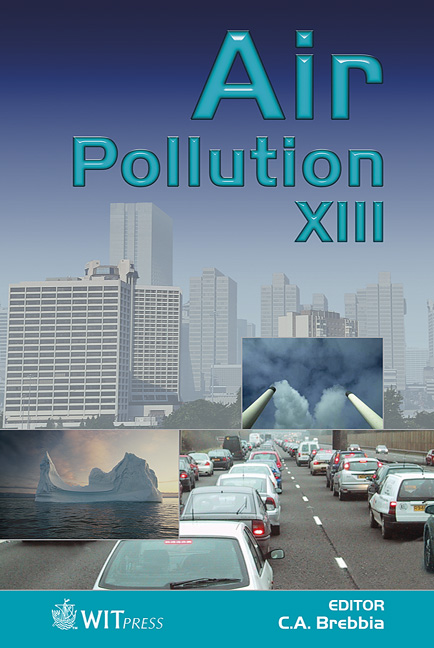Finite Element Simulation Of Toxic Gas Dispersion In Urban Terrain: Preliminary Results
Price
Free (open access)
Transaction
Volume
82
Pages
9
Published
2005
Size
511 kb
Paper DOI
10.2495/AIR050401
Copyright
WIT Press
Author(s)
M. J. Assael & K. Kakosimos
Abstract
Until recently, the modelling of airflows and gas contaminants dispersion in urban environments was concentrated on the atmospheric pollution generated from the greenhouse effect gases (CO2, NOx etc.). Modern cities face modern threats/problems. Accidental or intentional release of lethal toxic gases is one of them. A new computer model was constructed for the calculation of toxic gases dispersion in urban terrains in micro scale, extended to an area of 1 km x 1 km. The model consists of three individual modules: a mesh-generator (structured mesh of linear quadrilateral elements), a processor (flow and advection-diffusion solver) and a post-processor (graphical representation of the phenomena). The well-established finite element method was used to solve firstly the Navier-Stokes equation in order to acquire the steady-state velocity profile and secondly the advection-diffusion equation to acquire the transient concentration distribution. All three modules of the model were implemented to a computer software by using the Microsoft .NET® programming environment. In order to evaluate the model’s preliminary results in 2D, numerous simulations were collected from wind tunnel experiments and other CFD software. The model’s main algorithms and its advantages are presented in this work. Keywords: dispersion, flow, urban, finite-element, simulation. 1 Introduction Emissions from cars have a significant effect on air quality on urban and global scale. The prediction of pollutants concentrations, such as carbon oxides and nitrogen oxides, within urban street canyons is very important for human beings
Keywords
dispersion, flow, urban, finite-element, simulation.





